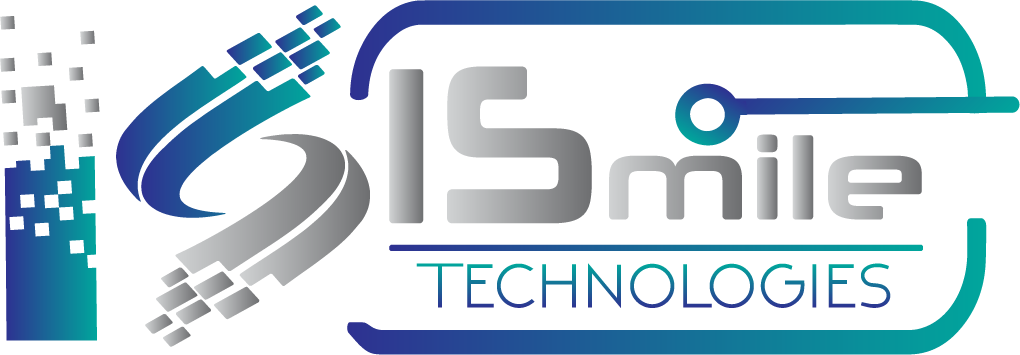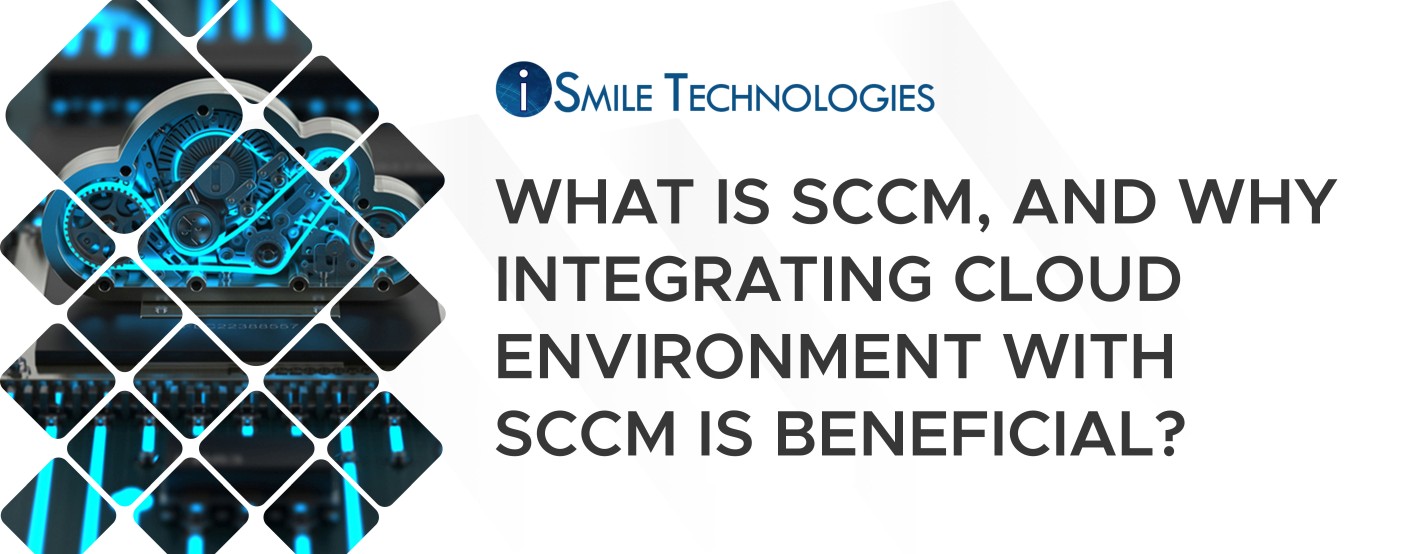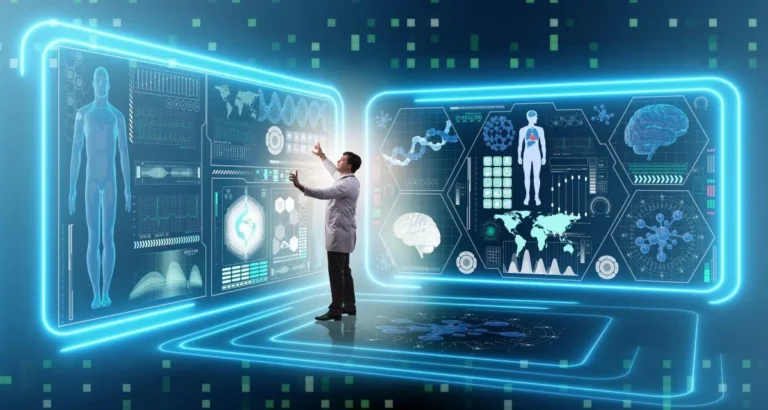Microsoft System Center Configuration Manager (SCCM) is a management tool that enables organizations to manage and protect devices and software in their environment. SCCM takes care of hardware inventory, software and patch distribution, and more. So, when administrators talk about an SCCM server, they usually mean a cloud environment that consists of software modules and server hardware that together form the SCCM architecture.
How SCCM works?
SCCM is a server application whose architecture can be more or less complex depending on the company. How does such an SCCM server work? The appearance of the architecture of the SCCM environment may vary depending on the number of sites in the company. But one thing never changes: there must be an SCCM Primary Site Server at the top of the hierarchy. It also means that this primary SCCM server is deployed on-premises, i.e., within the corporate network. SCCM is an application that runs on Windows Server 2012 and consists of several modules. In addition to the Primary Site Server, which is responsible for everything else, SCCM requires a database server to run the system’s SQL database. The SMS Provider Server distributes Windows images to clients using the Windows Assessment and Deployment Kit (ADK). Software and setups are distributed from the enterprise application pool to clients via distribution points.
These separate SCCM modules do not mean that SCCM always requires multiple physical servers to operate. It is perfectly possible to set up SCCM as a single-server solution. The console used to manage the SCCM environment and visualize it for administrators can run directly on the server or a client. Microsoft SCCM is explicitly designed for managing Windows clients. Still, with the help of the Parallels Mac Management plug-in, Mac clients can also be conveniently managed – directly from the SCCM console.
What are the benefits of Integrating Cloud Environment with SCCM?
Part of a complete lifecycle management system for Windows, SCCM includes a wide range of features that provide flexibility in applying patches, generating system-wide reports, and controlling every Windows machine on the network from a central console. SCCM offers a range of tools to protect endpoints and, with the right configuration, can be a complete lifecycle management system for IT departments with a high percentage of Windows systems.
Integrates seamlessly with Windows systems: Because SCCM is a Microsoft product, it integrates very well with Windows systems and other Microsoft products. In recent years, SCCM has tried to adapt to the trend of employer-provided devices being connected to corporate networks. Now supports “Bring Your Device,” meaning that devices added to a network by individual employees can be controlled and flagged through SCCM if they are not updated.
Control via GUI and support from Microsoft: SCCM is controlled via a relatively simple graphical user interface, which means it’s easier to learn and deploy than homegrown tools like Chef and Puppet. Because SCCM is an established and paid-for Microsoft service, it also has good support through community channels and Microsoft itself.








